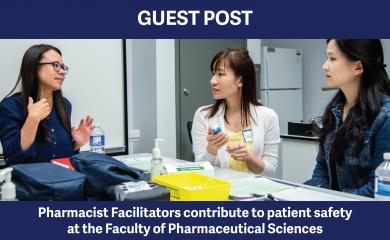
I read Bob Nakagawa’s recent post commenting on change in our profession and how our job description has changed over the years. As one of the pharmacy graduates from the class of ‘86, I also remember making powders in the dispensing lab.

I read Bob Nakagawa’s recent post commenting on change in our profession and how our job description has changed over the years. As one of the pharmacy graduates from the class of ‘86, I also remember making powders in the dispensing lab.

Patients benefit when pharmacists work together. Increased pharmacist collaboration results in improved patient health outcomes, patient satisfaction and patient trust in their healthcare team. Lack of collaboration results in patient frustration, confusion and sub-optimal outcomes.
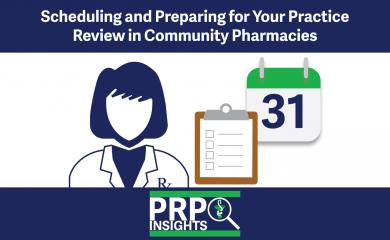
Did you know the College has conducted over 650 pharmacy reviews and 2100 Pharmacy Professionals Reviews in community practice since the Practice Review Program launched? As Compliance Officers continue to conduct practice reviews at community pharmacies, the College has received numerous questions regarding how to best prepare.
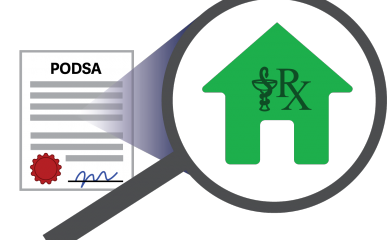
Like all businesses, staff of a licensed pharmacy may come and go. These changes are required to be reported to the College in accordance with the Pharmacy Operations and Drug Scheduling Act, the Pharmacy Operations General Regulation, and the College’s bylaws.
As stated in the most recent “What Went Wrong” article on Practising Without Registration or Required Certification, failing to renew your registration prior to your renewal date can have serious implications. Not only is it illegal to practise within the scope of a pharmacist or pharmacy technician without being a College registrant, you also would not have any professional liability coverage during the time period you are not registered.
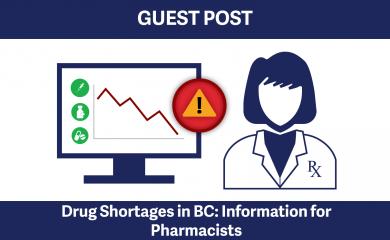
Drug shortages happen, both nationally and internationally, for many reasons. Most are related to manufacturing, shortages of raw materials or distribution issues, but occasionally shortages occur because demand for a drug increases unexpectedly. Drug manufacturers are often limited in their abilities to adjust production quickly, especially for strictly controlled drugs like opioids or other narcotics, or for drugs manufactured through biological processes.

Last month, I was honoured to be given the Alumni Agent of Change award by the Faculty of Pharmaceutical Sciences at UBC. As the recipient, I was asked to prepare a “TED style” presentation on my career and how I became an Agent of Change. I touched on several points that I think might be of interest to you, including the importance of mentorship, lessons from visionary leaders in pharmacy, how pharmacy has changed over the last 40 years, and my perspectives on these changes...

Over 85,000 Take Home Naloxone kits have been distributed across BC since 2012 through the Take Home Naloxone program operated by the BC Centre for Disease Control. In December 2017, the program was extended to community pharmacies to help provide more kits free-of-charge to people who use substances or are likely to witness an overdose.
The National Association of Pharmacy Regulatory Authorities (NAPRA) in Canada continues to work with the National Association of Boards of Pharmacy (NABP) in America to verify applicant credentials for the .Pharmacy Verified Websites Program. The .Pharmacy Program enables qualified pharmacies and pharmacy-related businesses to register a domain name ending in the .pharmacy suffix. The .Pharmacy Program helps Canadian consumers seeking drug information and medications online to find a safe site – a daunting task, especially when online drug counterfeiters are so rampant.

This past February, The College was fortunate to be a part of the first Mental Health and Wellness Summit hosted by the First Nations Health Authority!

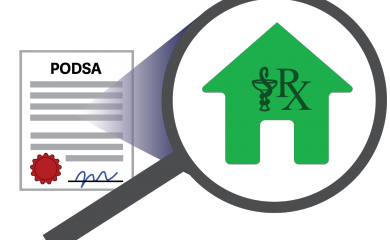
Under the new Pharmacy Operations and Drug Scheduling Act (PODSA) Bylaws, changes to the ownership of a pharmacy, much like all changes to information provided during an initial licensure, must be reported to the College.